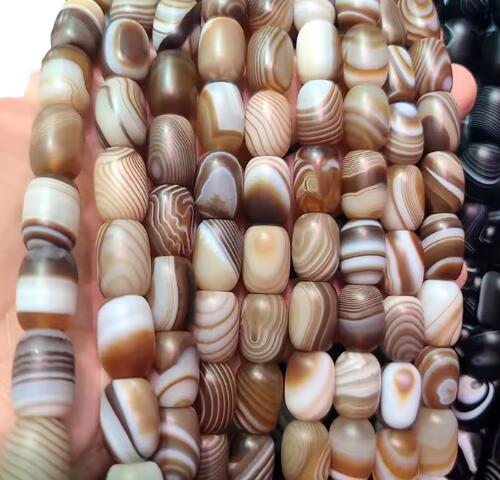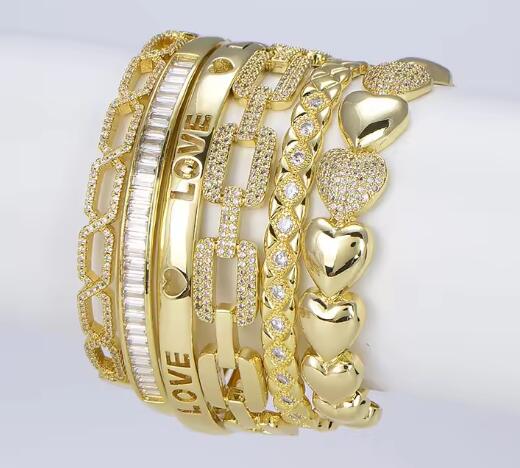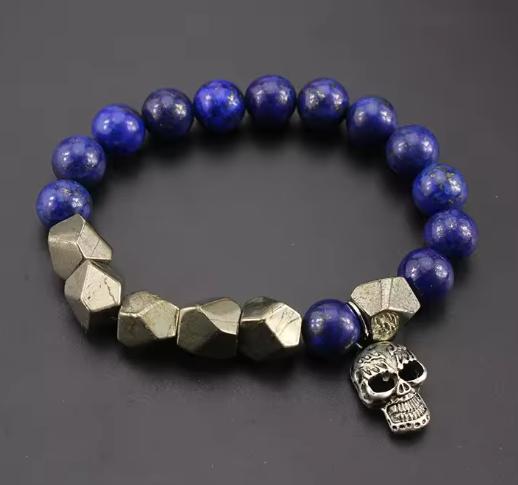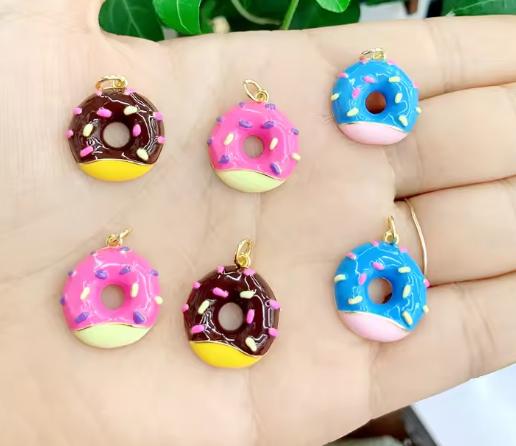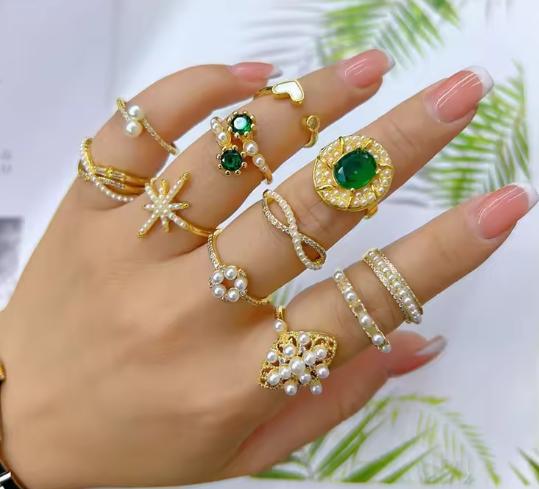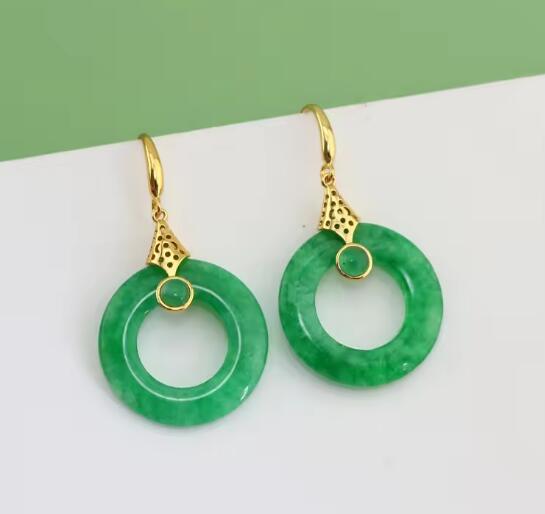Understanding Brass Alloy Jewelry and Skin Sensitivity: A Comprehensive Guide
As brass jewelry continues to gain popularity for its warm golden appearance and vintage appeal, many potential wearers understandably question its compatibility with sensitive skin. The relationship between brass alloys and skin reactions involves multiple factors that discerning jewelry enthusiasts should understand before making a purchase decision.
The Science Behind Metal Sensitivities
Metal allergies typically stem from specific elements within an alloy rather than the base metal itself. Here's what happens at a biological level:
1)Immune Response Activation: When certain metal ions penetrate the skin's outer layer, the immune system may identify them as threats
2)Cumulative Sensitivity: Reactions often develop after repeated exposures as the body builds sensitivity
3)Individual Biochemistry: Skin pH, sweat composition, and genetic factors determine individual reactivity
4)Environmental Factors: Humidity, temperature, and friction can accelerate metal ion transfer
Brass Composition: Key Elements to Consider
Traditional brass consists primarily of copper and zinc, but modern variations may include additional elements:
1)Copper Content (typically 60-90%): While copper itself rarely causes true allergies, its oxidation can create the characteristic green skin discoloration that many mistake for an allergic reaction
2)Zinc Component (usually 10-40%): Generally considered hypoallergenic and non-reactive
3)Potential Additives: Some brass formulations include small amounts of nickel, lead, or other metals to enhance workability or appearance
Identifying True Allergic Reactions
Distinguishing between metal allergies and other skin responses is crucial for proper management:
1)Contact Dermatitis Symptoms: Look for persistent itching, redness, swelling, blistering, or skin thickening that appears specifically where jewelry makes contact
2)Delayed Timing: Nickel reactions typically emerge 12-48 hours after exposure
3)Discoloration vs. Allergy: Green or black skin staining results from chemical oxidation rather than immune response
4)Progression Patterns: True allergies tend to worsen with repeated exposures
Practical Prevention Strategies
Multiple approaches can help minimize potential reactions to brass jewelry:
1)Barrier Methods: Apply clear nail polish or commercial jewelry shields to create physical separation
2)Diligent Drying: Thoroughly dry jewelry after contact with water, sweat, or lotions
3)Limited Wear Time: Remove brass jewelry during strenuous activities, swimming, or sleeping
4)Alternative Materials: Consider titanium-plated or stainless steel components for sensitive areas like earring posts
Selecting Skin-Friendly Brass Jewelry
When choosing brass pieces, these considerations help reduce allergy risks:
1)Certified Nickel-Free Options: Seek explicit documentation confirming the absence of nickel
2)Quality Construction: Higher-grade brass alloys typically feature more consistent, purer compositions
3)Substantial Platings: Look for thick, quality coatings (2+ microns) of hypoallergenic metals like gold or rhodium
4)Smooth Finishes: Polished surfaces minimize friction and metal particle transfer
Understanding Your Personal Risk Profile
Individual factors significantly influence how your skin interacts with brass jewelry:
1)Previous Metal Reactions: Those with known nickel allergies should exercise particular caution
2)Ear Piercing Sensitivity: Ears often react more strongly than other areas due to thinner skin
3)Seasonal Variations: Humidity and temperature changes can affect reaction likelihood
4)Skin Integrity: Damaged or irritated skin provides easier entry for metal ions
Conclusion: Making Informed Brass Jewelry Choices
While brass alloy jewelry can potentially cause skin reactions in sensitive individuals, understanding the mechanisms and implementing preventive strategies significantly reduces these risks. Most people can comfortably wear quality brass jewelry by selecting appropriate pieces and practicing sensible wear and care habits. The key lies in choosing reputable manufacturers who prioritize material transparency and quality control, enabling you to enjoy brass's distinctive beauty while maintaining skin health and comfort.
